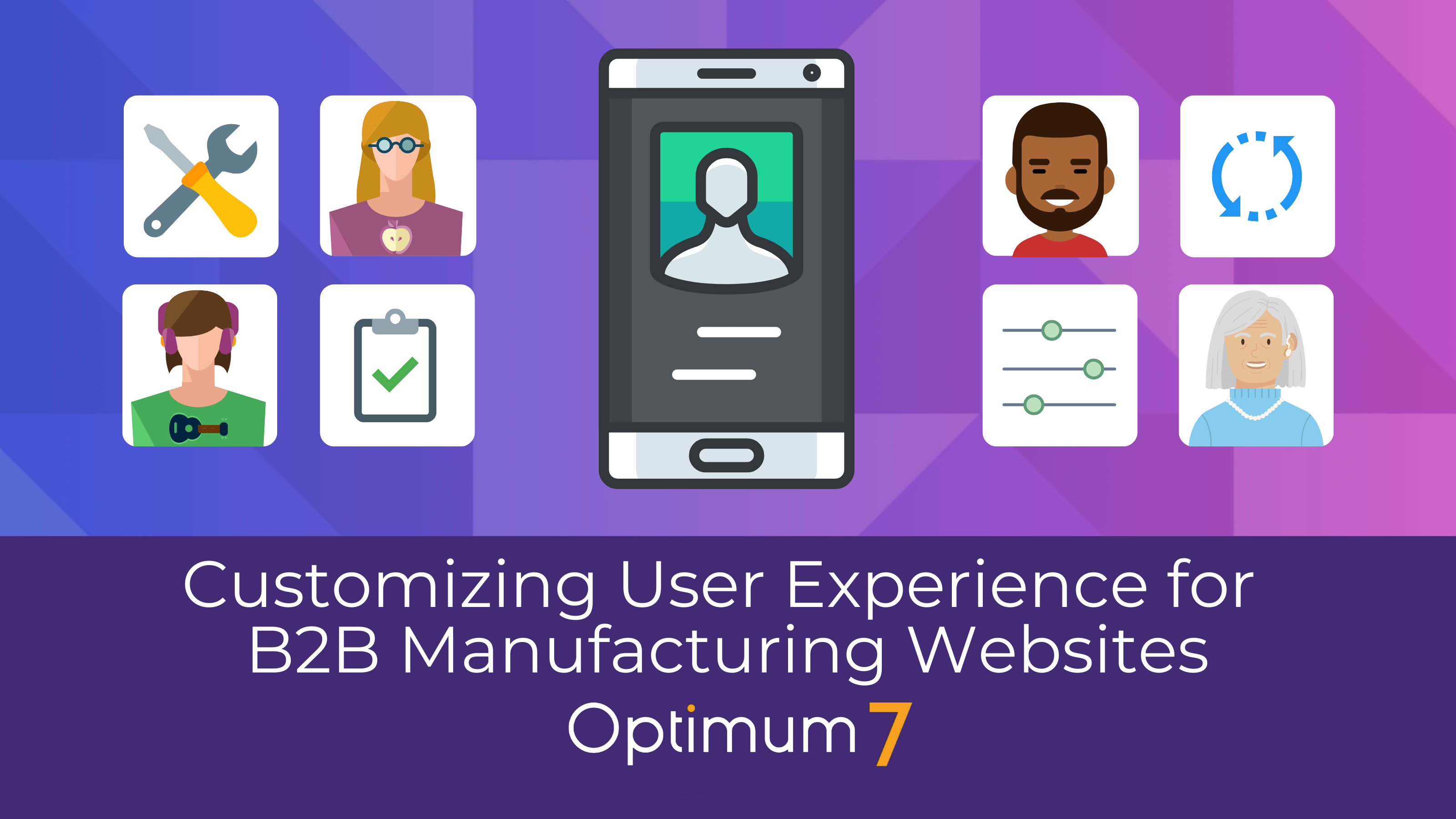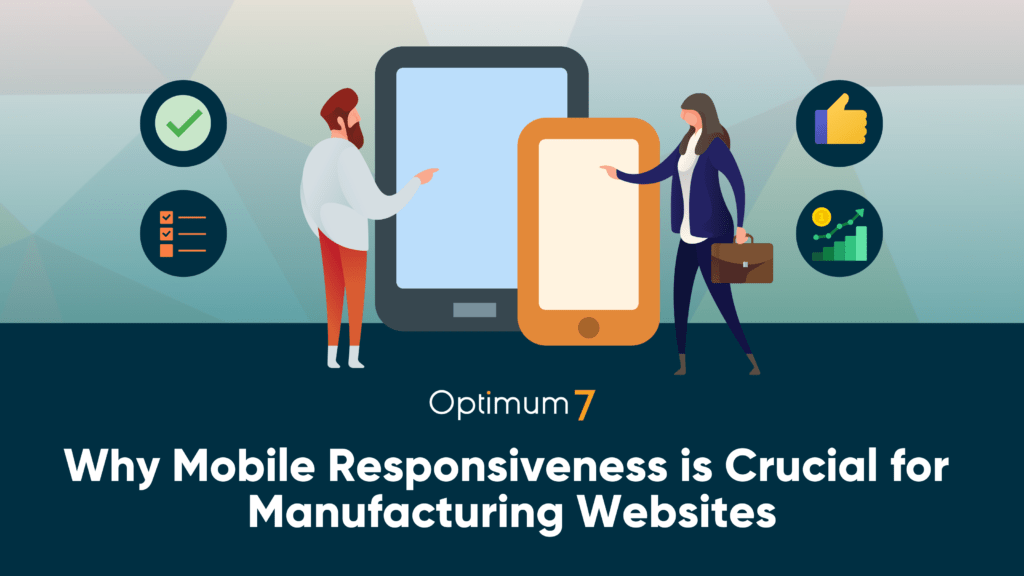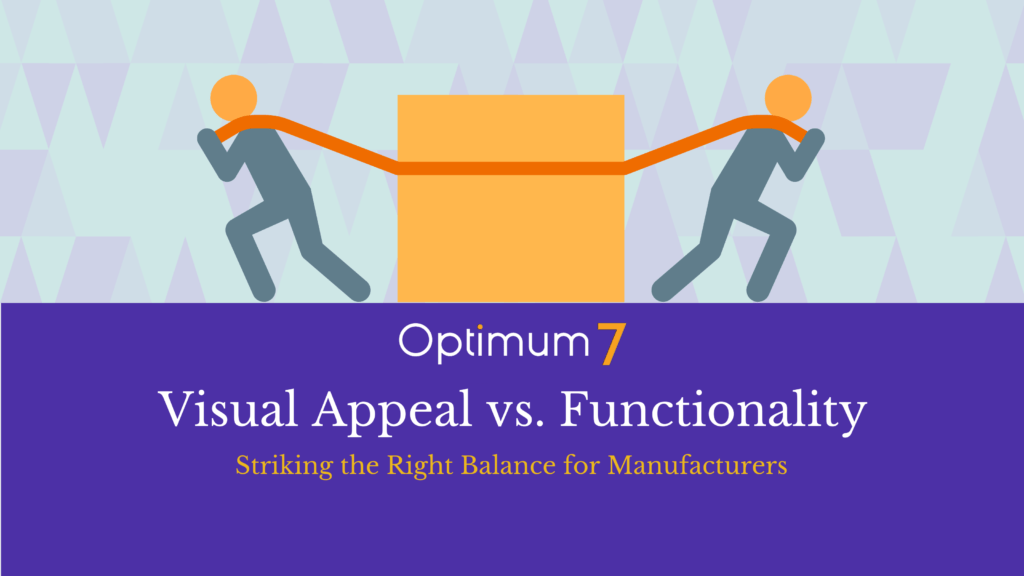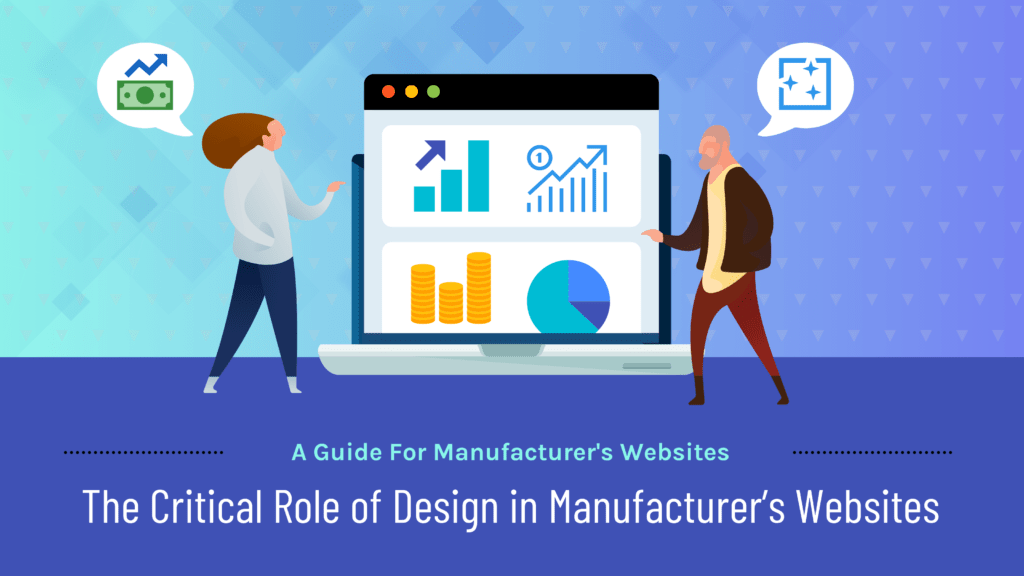In the competitive landscape of B2B manufacturing, the digital front has become the battleground where companies vie for the attention, engagement, and business of professional buyers. However, creating a website that resonates with this audience presents a unique set of challenges. The primary pain point lies in the complexity of products and the technical nature of the information sought by visitors. These users are not casual shoppers; they are informed buyers, engineers, and procurement specialists who require detailed, specific, and highly technical data to make informed decisions. This necessitates a user experience (UX) that is not only intuitive but also tailored to convey complex information in an accessible and engaging manner.
Moreover, B2B manufacturing websites often struggle with elongated sales cycles and the difficulty of attributing digital efforts to real-world conversions. The decision-making process in the B2B sector involves multiple stakeholders and can span weeks to months, complicating the user journey and making it harder to design a website that caters to the needs of all involved at different stages. The challenge is further compounded by the necessity to provide a personalized experience to users from diverse industries, each with its unique requirements and pain points. As such, a one-size-fits-all approach to UX falls short, underscoring the need for customization.
Addressing these pain points requires a deep understanding of the target audience and a strategic approach to UX design. By customizing the user experience, B2B manufacturing websites can not only meet the specific needs of their professional audience but also guide them more effectively through the sales funnel. This involves not just the presentation of information, but also the overall navigational structure, interactive elements, and personalized touchpoints that can make the digital experience more relevant, engaging, and conducive to conversion. In essence, the goal is to transform the website from a digital brochure into a dynamic tool that fosters connections, builds trust, and drives business outcomes.
Understanding Your Audience
The foundation of a successful B2B manufacturing website lies in a profound understanding of its audience. Unlike B2C customers, B2B clients come with a set of unique requirements, expectations, and decision-making processes. Identifying and segmenting these key audience groups is the first step towards customizing the user experience to cater to their specific needs.
Identifying Key Audience Segments
B2B manufacturing companies often serve a diverse range of industries, each with its own set of challenges and requirements. Segmenting your audience based on industry, job role (e.g., engineers, procurement managers, operations directors), and their stage in the buying cycle is crucial. This segmentation allows for a more tailored approach to content, functionality, and user journey mapping. For instance, engineers might prioritize technical specifications and detailed product information, while procurement managers may seek pricing, supplier reliability, and service details.
Understanding the User Journey for Different Audience Segments
Mapping the user journey is essential to understand how different segments interact with your website. This involves recognizing the touchpoints from initial awareness through to consideration and decision-making. Each step of the journey requires different information and engagement strategies. For example, during the awareness stage, a visitor might be interested in educational content that addresses common challenges in their industry. As they move to the consideration stage, they may seek more specific product information, case studies, or comparison tools.
Leveraging Analytics and Feedback to Inform UX Design
Data plays a pivotal role in understanding and optimizing the user experience. Analytics can reveal which pages are most visited, where users spend the most time, and the paths they take through your site. This information helps in identifying content that resonates with your audience and areas where the user experience may be falling short. Additionally, gathering direct feedback through surveys, user testing, and customer interviews can provide invaluable insights into user preferences and pain points. This data-driven approach enables continuous refinement of the UX, ensuring that the website evolves in alignment with the needs and behaviors of its target audience.
By deeply understanding the audience, B2B manufacturing companies can create a website that not only meets the specific needs of its users but also enhances their journey from initial interest to decision-making. This tailored experience is crucial in building trust, engagement, and ultimately, driving conversions in the complex B2B landscape.
Key Components of Customized UX for B2B Manufacturing
Creating a user experience that caters to the specific needs of B2B manufacturing audiences involves several key components. Each element plays a crucial role in making the website not only user-friendly but also tailored to the professional context of its users.
Navigation and Nested Menus
Clear and intuitive navigation is the cornerstone of any effective B2B website. For manufacturing sites, which often feature an extensive range of products and services, the ability to navigate this complexity easily is paramount. Implementing clear menus with logical, nested submenus helps users drill down to find exactly what they’re looking for without feeling overwhelmed. This hierarchical organization allows for quick access to detailed product categories, services, and support information, ensuring a seamless exploration process.
Faceted Search
Faceted search is an advanced feature that becomes indispensable for large manufacturing sites. It allows users to refine search results based on specific attributes, such as product type, size, application, or industry. This capability is crucial for efficiently sifting through vast product catalogs, enabling users to find relevant products or information quickly. By incorporating faceted search, B2B manufacturing websites can significantly improve the user experience, making it easier for professionals to conduct targeted searches that align with their specific needs.
Site Structure and Clear Segmentation
A well-organized site structure is essential for guiding users through the website in a logical and efficient manner. Clear segmentation according to industry, product category, or application helps in creating an intuitive pathway for users to follow. This structure should be reflected not only in the website’s navigation but also in its overall design and layout. Ensuring that users can effortlessly identify the segment most relevant to their needs fosters a positive user experience and facilitates quicker access to the necessary information or products.
Advanced Search Functionality
Beyond faceted search, incorporating other advanced search functionalities can further enhance the usability of a B2B manufacturing website. Features like auto-complete suggestions, search by part number or specification, and the ability to handle complex queries make the search tool a powerful resource for users. Given that professionals often know exactly what they’re looking for, a robust search engine that delivers precise results quickly is invaluable.
B2B Personalization
Customizing the website experience to meet the specific needs of B2B users goes beyond mere content personalization. It involves tailoring functionalities such as bulk order options, custom quote requests, and account-specific pricing. These features acknowledge the unique purchasing behaviors and requirements of B2B customers, such as placing large orders or needing custom solutions. Ensuring that the website facilitates these actions smoothly can significantly enhance the customer experience, making it easier for businesses to manage their purchases and interactions.
Product Configurators
Product configurators are a powerful tool for B2B manufacturing websites, enabling users to customize products according to their specific requirements. This interactive feature allows customers to select options and features, ensuring that the product meets their exact needs. Configurators can aid in visualizing the final product, providing a more engaging and informative user experience. This functionality not only supports a more personalized shopping experience but also assists in reducing the complexity often associated with purchasing customized manufacturing products.
B2B Content and Page Layout
While not a traditional UX element, the content and its presentation are crucial for engaging professional audiences. B2B content must be structured logically, offering clear, concise, and informative descriptions that paint a comprehensive picture of products and services. A well-designed page layout enhances readability and guides the user through the content in a coherent manner, highlighting key features, benefits, and applications relevant to a professional audience. Effective use of headings, bullet points, and visual elements can help break down complex information, making it easier for users to digest and make informed decisions.
Optimizing for Conversion
Optimizing a B2B manufacturing website for conversion requires a strategic approach that aligns with the unique purchasing processes and decision-making cycles of B2B buyers. The goal is to facilitate a smooth journey from initial interest to final purchase or inquiry, leveraging the UX elements discussed to encourage user actions that lead to conversion. Here’s how to fine-tune these elements for maximum impact:
Clear Call-to-Actions (CTAs)
The importance of clear, compelling CTAs cannot be overstated. Every page should guide the user toward the next step, whether it’s contacting sales, requesting a quote, downloading a product datasheet, or adding products to a quote cart. CTAs should be prominently displayed, using language that resonates with the B2B audience, emphasizing the value and benefit of taking action. For example, instead of a generic “Contact Us,” a more targeted “Request a Custom Quote” directly addresses a common need among B2B buyers.
Simplified Forms
The complexity and length of forms can significantly impact conversion rates. B2B websites should aim to streamline forms, requesting only essential information to reduce friction. Incorporating features like form auto-fill for returning visitors or registered users can further enhance the user experience, making it easier and faster for users to complete actions that lead to conversion.
Trust Signals
Trust is a critical factor in B2B relationships. Incorporating trust signals such as industry certifications, awards, client testimonials, and case studies can help build credibility with potential customers. Detailed ‘About Us’ and ‘Our Team’ pages also contribute to transparency, allowing visitors to understand who they are doing business with. Security badges and clear privacy policies reinforce the safety and confidentiality of user data, addressing another key concern for B2B buyers.
Seamless Quote Requests and Bulk Orders
Given the nature of B2B transactions, which often involve bulk orders and custom requirements, the website should facilitate easy quote requests and bulk order processes. This could mean integrating quote request forms directly into product pages, offering bulk order discounts transparently, or providing a streamlined process for submitting and managing custom requests. Ensuring these processes are intuitive and user-friendly can significantly affect the willingness of a buyer to engage further.
Account-Based Customization
For B2B clients, the ability to see customized pricing, products, and services based on their account or contract is incredibly valuable. Websites that offer account-based login capabilities, where users can access tailored information, such as order history, custom pricing, and exclusive products, enhance the buying experience. This level of personalization not only improves the user experience but also encourages loyalty and repeat business.
Product Configurators for Conversion
Leveraging product configurators not just as an engagement tool but also as a conversion mechanism is crucial. By integrating the configurator with direct action CTAs—such as “Add to Quote” or “Contact Sales with Configuration”—manufacturers can guide users from customization to conversion seamlessly. This direct link between product personalization and purchasing action simplifies the buyer’s journey, making it more likely to result in a conversion.
Optimizing these aspects of the user experience for B2B manufacturing websites not only addresses the specific needs and behaviors of B2B buyers but also directly supports the conversion goals of the website. By making it easier and more compelling for users to take the next step, manufacturers can improve their online performance, leading to increased inquiries, quote requests, and ultimately, sales.
Transform Your B2B Website into a Conversion Machine with Optimum7
In today’s digital-first world, the right user experience (UX) and user interface (UI) design are not just nice-to-haves; they are crucial elements that define the success of your B2B manufacturing website. At Optimum7, we specialize in turning complex, technical B2B websites into streamlined, engaging, and conversion-focused digital experiences. Our deep understanding of the unique challenges and needs of B2B manufacturers enables us to craft custom UX/UI solutions that not only attract but also retain and convert your target audience.
Our team of UX/UI experts at Optimum7 brings a wealth of experience and a proven track record of success in the B2B manufacturing sector. We leverage the latest design trends, technologies, and best practices to ensure that your website not only stands out from the competition but also delivers tangible business results. From intuitive navigation and faceted search capabilities to personalized user experiences and optimized conversion paths, we focus on the details that matter most to your business and your clients.
Partnering with Optimum7 means choosing a partner dedicated to understanding your business goals and translating them into a digital experience that resonates with your professional audience. We’re not just about creating visually appealing websites; we’re about creating digital platforms that drive engagement, enhance brand credibility, and accelerate business growth. Let us help you transform your B2B website into a powerful tool that captivates your audience and converts interest into action. With Optimum7, elevate your digital presence and unlock the full potential of your online platform.






